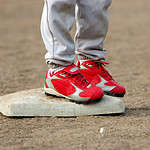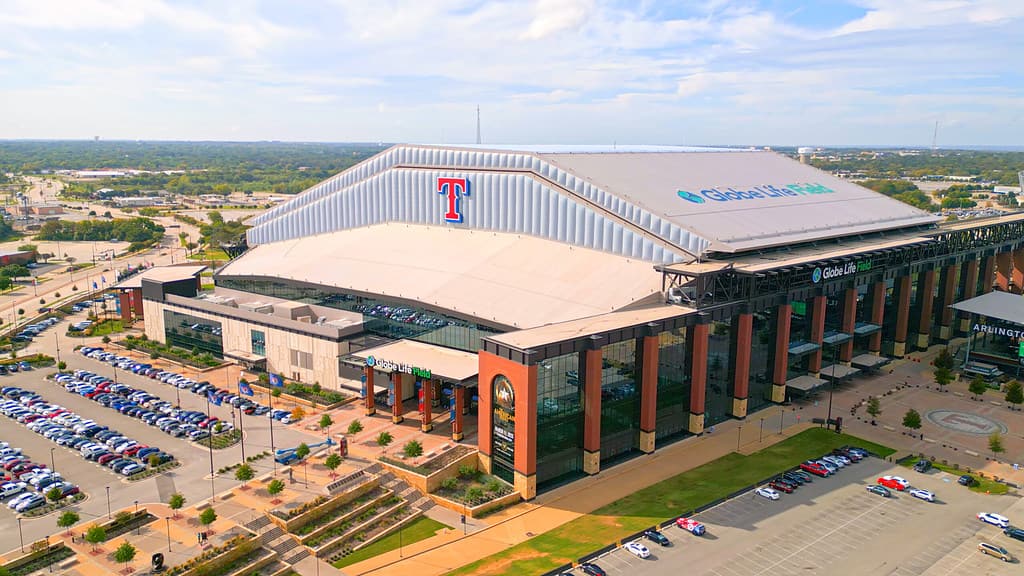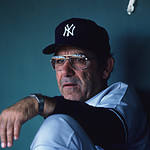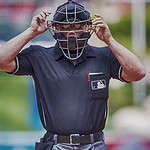If you do not know, the pitching distance in baseball is the distance which is between the pitcher’s mound and between the home plate’s front.
Do not get this confused with the distance which is between the release point of the ball and the rear point of this plate, this instead tends to be a few feet shorter, depending on the height of the pitcher and the method of delivery which is used by the pitcher.
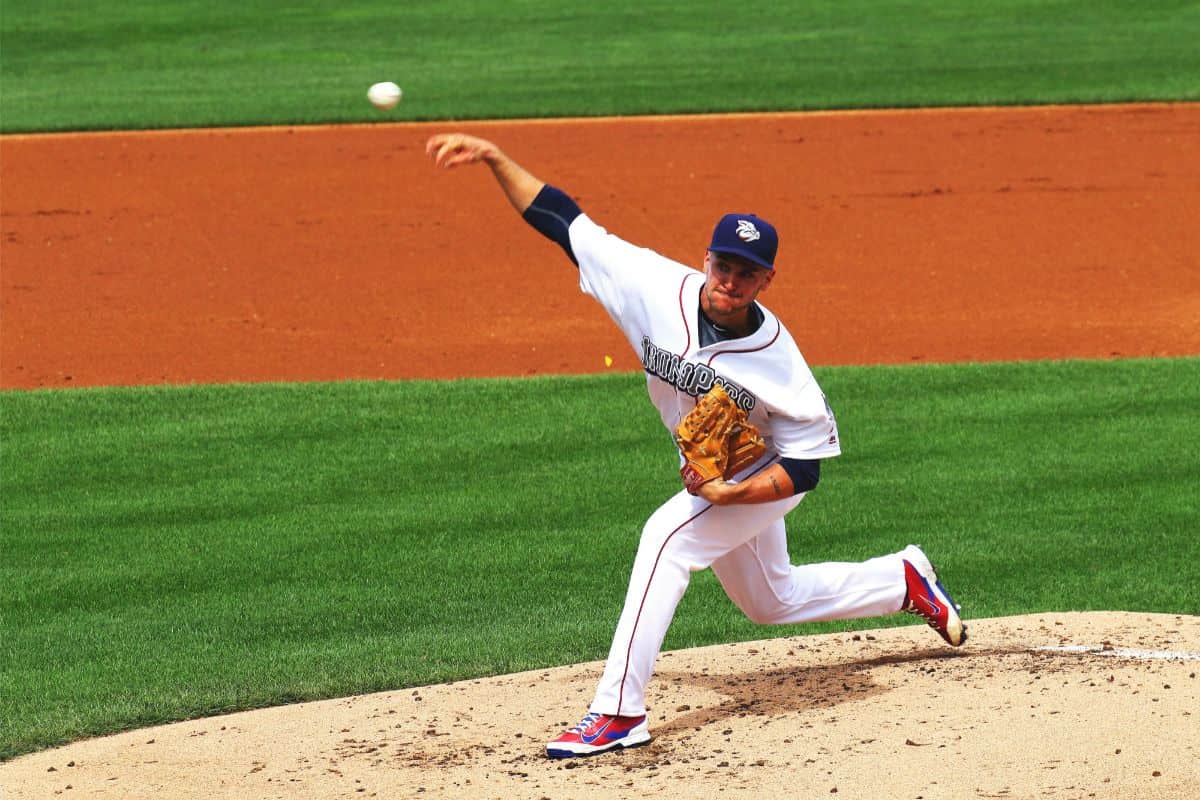
The pitching distance which is used will actually depend on different factors. This can depend on if it is baseball or softball, as well as the age levels which are playing.
There is actually a relatively extensive history of different pitching distances when it comes to Major League Baseball as well, which will be covered in the next section.
If you have any questions about different pitching distances in baseball and want them answered, this is the guide for you.
As well as covering the history of the pitch distance changes, we will also cover the differing pitching differences for every age group and the official rules surrounding this.
History Of Pitching Distances
The beginning era of baseball was between 1845 and 1880, and during this time, the official pitching distance was 45 feet. During this era, it was expected for the pitcher to throw the ball behind the 12-foot line.
This changed in 1863 when there was another 12-foot line added which was 48 feet from the home plate, this was then added and created the pitcher’s box.
After this, there were very few changes when it came to the dimensions of the box, and this stayed the same for around two decades. At this time, the front line was located around 45 feet away from the home plate.
It is also worth noting that during the 1870s, when baseballs were being mass-produced, there was just about no quality control with the baseballs leading to very mixed results.
This meant there was a higher-than-average proportion of dead balls.
A dead ball tended to be quite mushy, this led to games that used them ending up with quite low scores and generally ended with games getting bad reception.
During the years between 1877 and 1880, we witnessed the batting averages of the National League, which had been newly formed, starting to fall with a fall of a significant 26 points from .271 to .245.
There was also an increase in strikeout rates which went to around triple the amount they were in 1871, this can largely be accredited to pitchers being able to perfect the technique of curveballs.
The ERA of the league during this era was quite a slim 2.37, and this led to the league beginning to lose money.
This was when Harry Wright jumped in to rescue the situation, he is seen as the father of professional baseball and is also the man responsible for the founding of the Cincinnati Red Stockings.
During 1877 Wright changed baseball, so the pitcher’s box would be moved back five feet, making it 50 feet away during an exhibition-type game.
As well as this, there was another exhibition-style game during the next year. During this game, it was changed so six instead of nine balls were needed for a walk to occur instead.
During this time, every pitch counted as either a strike or a ball. This was not very well known by fans of the era, but only the pitches which were swung on were actually counted as strikes.
Instead of using an underhand throw, which was part of the baseball rules, Wright allowed pitchers to throw in whichever way they preferred.
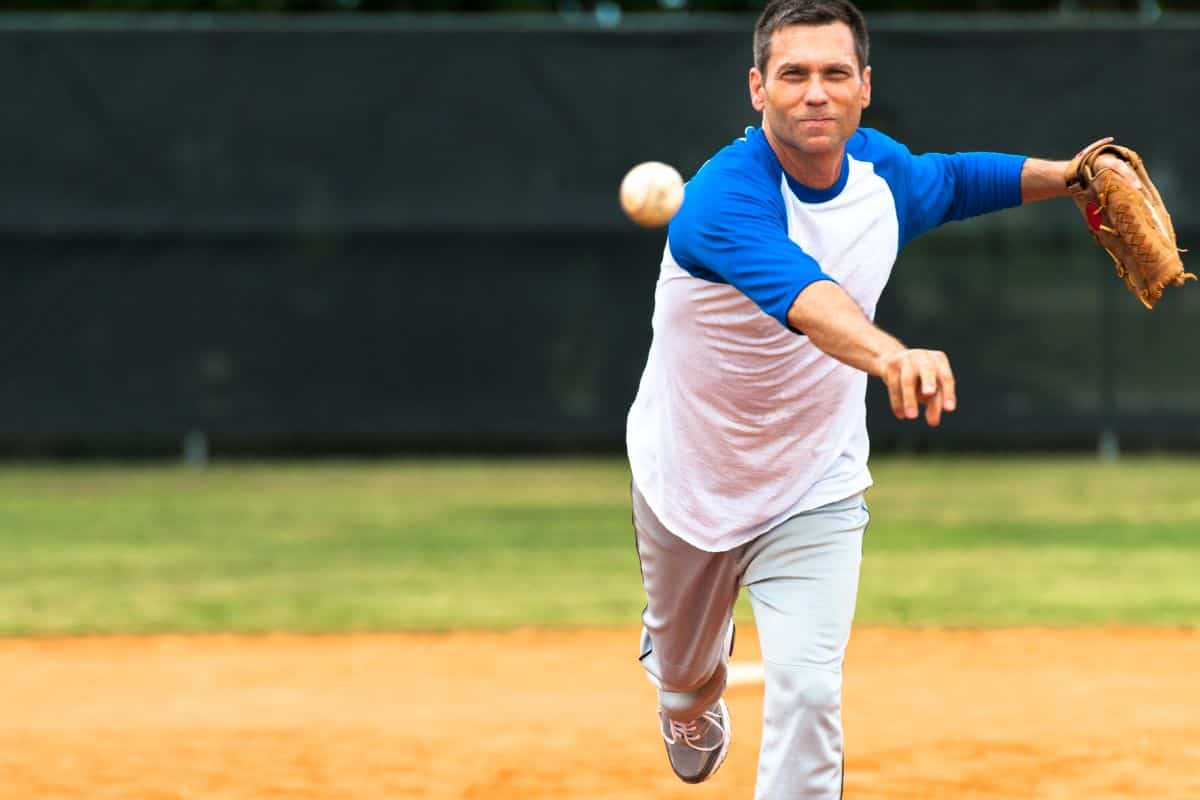
Before the 1880 league season, Wright had insisted that the bat used would be flat and have a ball with a cork center. This was done to make the ball more lively and make the game more enjoyable.
By December 1882, almost all of Wright’s ideas and proposals had been tried and actively used within the game.
Because of this, the pitching mound was moved back to the 50 feet mark, and a walk was then awarded when six balls had been reached. In addition, the batter was not able to ask for a low or a high ball.
On top of this, the most significant change which had been made was the pitcher’s box being set to 56 feet.
It is also worth noting that the pitching distance had been measured from the home plate toward the front of the box, which is different from how it is now where is it measured up to the rubber.
Also, before 1893 the pitching distance was measured up to the center of the plate instead of its rear.
Because of the changes made by Wright, pitching distance had increased hitting in the 1881 season, but this did not last, with the strike count soon being raised to four to make the game have more offense, and also the ball count to a walk was also taken down to 4 in the 1889 season.
The pitcher’s box was also reduced by a foot from seven to six feet and then a further half foot to 5 and a half. The running start windup was also banned in 1885.
By 1892 the pitching distance was changed to four feet, being just three and a half inches short than what is used currently. This is due to the pitching rubber now having been introduced in 1893.
Mound To Plate Pitching Dimensions
Major League Baseball
In Major League Baseball, the distance which is between the pitching rubber and the rear part of the home plate is exactly 60.6 inches.
This is not just the case for MLB, but it is also the same for minor leagues, college, independent leagues, high school, senior leagues, Base Ruth, as well as any leagues which are age 14 or above.
Little League Baseball
Little league baseball has six divisions which have different field dimensions for the older kids get; these ages range between 4 and 16.
In these leagues, there are quite strict rules surrounding the sizing of the whole field, pitching distance included.
The official Little League rules state the pitching distance will be 46 feet, and between bases, the distance is 60 feet.
These are both significantly smaller than MLB. The main reasons for these changes are to make the game more enjoyable and lessen the chance of injuries.
PONY Pitching Distances
PONY is the league which is a worldwide youth baseball organization, and this organization has different dimensions for different ages.
The Colt/Palomino division between 15 and 19 has a 60.6 inches pitching distance. For the Pony division of ages 13 and 14, it is 54 feet.
For Broncos ages 11 and 12, it is 48 feet, and finally, for Mustangs between ages 9 and 10, the distance is 44 feet.
Softball Pitching Distances
For both high school and college level softball, the distance from the rubber to the pitcher’s mound is 43 feet, with the rubber being 24 inches long as well as 6 inches wide.
There are also different pitching distances for slowpitch and fastpitch softball, being 46 feet and 30 feet, respectively.
- Fenway Park Seating Chart: Best Seats To See the Red Sox - July 17, 2023
- What is RBI in Baseball: A Simple Explanation of The “Ribby” - July 3, 2023
- What is DFA in Baseball? A Term No Player Wants to Hear - July 3, 2023

